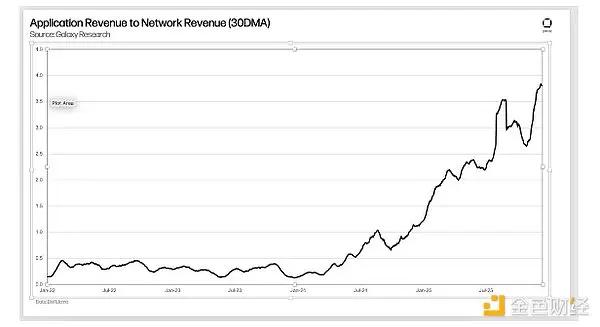Author: Sasha Ivanov, founder of Waves and Units.Network, CoinTelegraph; Translated by Tao Zhu, Jinse Finance
Not long ago, the idea that an internet joke could become a multi-billion dollar asset class seemed ridiculous. Today, Meme coins are not just mainstream. They are reshaping the entire market cycle. The US now has an official Meme coin related to the President. What started as a niche community experiment has now become a formidable financial force.
This is not just speculation. In November 2024, Meme coins accounted for 65% of the total trading volume on the decentralized exchange Raydium, a historic high. These assets, once seen as internet gimmicks, have now become the cultural engine of cryptocurrencies. This phenomenon has brought a slight identity crisis to believers and skeptics, who need to reconsider their positions.
Whether viewed as the next retail-driven market movement or an unsustainable frenzy, one thing is clear: Meme coins are no longer a joke.
Meme Coins are More Than Just Speculation
Fundamentally, Meme thrives on community belief. The value of traditional financial assets comes from utility, institutional adoption, or revenue models. In contrast, Meme is driven by social engagement, viral propagation, and collective momentum.
This makes them one of the most effective entry points for crypto retail investors. Memecoins eliminate the complexity of blockchain technology, making digital assets approachable, familiar, and culturally relevant. For many, they are the first step into Web3, opening the doors to decentralized trading, governance, and finance.
However, the factors that make them easily accessible also make them unstable. The same market mechanics that can catapult Meme to a $1 billion valuation overnight can also easily lead to their collapse in a matter of days. While a trader may turn $66 into $3 million in profits, when the hype subsides, thousands of other traders are left holding worthless tokens.
No One Can Ignore the Volatility Issue
The numbers tell the story. When Elon Musk changed his X username and profile picture, the Meme associated with him surged to a market cap of $380 million. Once Musk reversed these changes, the token plummeted to $100 million, and then further crashed.
This is not an exception. This is the reality of the Meme market. It is unpredictable, profit-driven, and speculator-driven. While some traders thrive in this environment, most do not. Skeptics view Meme as little more than a blockchain-enabled casino - a game where few win and many lose.
Completely ignoring Meme would overlook a larger reality. Regardless of skepticism, Meme coins are not going away. They are shaping market trends. The real question is: can Meme transition from speculator-driven hype to become a governance-driven and structurally sound financial asset?
Governance is Key to Long-Term Survival
If Meme is to transcend short-term trading cycles, governance must take center stage. Decentralized Autonomous Organizations (DAOs) provide a model that allows holders to shape token supply, strengthen transparency, and influence project direction, giving Meme a real chance at sustainable development.
This structure can prevent centralized control by developers and whales, reducing the risks of insider manipulation, exit scams, and pump-and-dump schemes. It also ensures Meme can integrate fund management, staking incentives, and token supply models to foster long-term viability, rather than short-term speculation.
A prime example is Floki Inu (FLOKI), a Meme that has successfully built a functional ecosystem beyond Meme-driven trading. Floki Inu does not rely on short-term speculation, but has integrated Non-Fungible Token (NFT) gaming, payments, and educational programs, proving that Meme can evolve into structured, community-driven assets.
Meme does not need to abandon its cultural origins, but to survive beyond the current hype cycle, it must adopt governance mechanisms that promote economic sustainability.
Meme Coins are at a Crossroads
Meme has divided the cryptocurrency space into two extreme camps. On one side, Meme extremists insist that this bull run will be dominated by Meme, believing that faith and viral propagation alone are enough to sustain Meme. On the other hand, skeptics completely dismiss Meme, viewing them as pump-and-dump scams that will ultimately fail.
Both perspectives overlook the bigger picture. Meme has proven its ability to drive market activity, but ignoring its risks is as reckless as outright denying it. The real challenge is not whether Meme should exist. They already do. The question is how to build them to ensure investor safety, market stability, and long-term industry credibility.
Builders, regulators, and the community must collaborate to balance decentralization and responsible governance. Dismissing Meme as a passing fad is short-sighted. Failing to address their risks could be even worse - potentially leading to catastrophic collapse and damaging public trust in the entire cryptocurrency.
Meme coins will continue to exist. The real test is whether they will remain a speculative roller coaster, or evolve into a legitimate digital economic sector. The answer lies not only with traders, but with the builders, developers, and policymakers shaping the future of blockchain.







